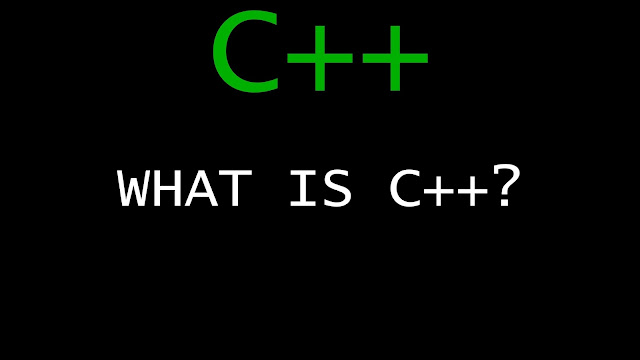Fundamentals of C++ Programming Language
C++ is a general-purpose programming language. It has imperative, object-oriented and generic programming features, while also providing facilities for low-level memory manipulation.
It was designed with a bias toward system programming and embedded, resource-constrained and large systems, with performance, efficiency and flexibility of use as its design highlights.C++ has also been found useful in many other contexts, with key strengths being software infrastructure and resource-constrained applications, including desktop applications, servers (e.g. e-commerce, web search or SQL servers), and performance-critical applications (e.g. telephone switches or space probes). C++ is a compiled language, with implementations of it available on many platforms and provided by various organizations, including the FSF, LLVM, Microsoft, Intel and IBM.
Writing your first program
The best way to learn a programming language is by writing programs. Typically, the first program beginners write is a program called "Hello World", which simply prints "Hello World" to your computer screen. Although it is very simple, it contains all the fundamental components C++ programs have:
| // my first program in c++ #include <iostream> int main() { std::cout<<"Hello World!"; } |
- Output result: Hello World
- Line 1:
// my first program in C++ - Two slash signs indicate that the rest of the line is a comment inserted by the programmer but which has no effect on the behavior of the program. Programmers use them to include short explanations or observations concerning the code or program. In this case, it is a brief introductory description of the program.
- Line 2:
#include <iostream> - Lines beginning with a hash sign (
#) are directives read and interpreted by what is known as the preprocessor. They are special lines interpreted before the compilation of the program itself begins. In this case, the directive#include <iostream>, instructs the preprocessor to include a section of standard C++ code, known as header iostream, that allows to perform standard input and output operations, such as writing the output of this program (Hello World) to the screen. - Line 3:
int main () - This line initiates the declaration of a function. Essentially, a function is a group of code statements which are given a name: in this case, this gives the name "main" to the group of code statements that follow. Functions will be discussed in detail in a later chapter, but essentially, their definition is introduced with a succession of a type (
int), a name (main) and a pair of parentheses (()), optionally including parameters.
The function namedmainis a special function in all C++ programs; it is the function called when the program is run. The execution of all C++ programs begins with themainfunction, regardless of where the function is actually located within the code. - Lines 4 and 6:
{and} - The open brace (
{) at line 5 indicates the beginning ofmain's function definition, and the closing brace (}) at line 7, indicates its end. Everything between these braces is the function's body that defines what happens whenmainis called. All functions use braces to indicate the beginning and end of their definitions. - Line 5:
std::cout << "Hello World!"; - This line is a C++ statement. A statement is an expression that can actually produce some effect. It is the meat of a program, specifying its actual behavior. Statements are executed in the same order that they appear within a function's body.
This statement has three parts: First,std::cout, which identifies the standard character output device (usually, this is the computer screen). Second, the insertion operator (<<), which indicates that what follows is inserted intostd::cout. Finally, a sentence within quotes ("Hello world!"), is the content inserted into the standard output.
Notice that the statement ends with a semicolon (;). This character marks the end of the statement, just as the period ends a sentence in English. All C++ statements must end with a semicolon character. One of the most common syntax errors in C++ is forgetting to end a statement with a semicolon.
If you enjoy this tutorial, share the post with friends and let us know what you feel about it
Labels:
Cpp





No comments:
Post a Comment